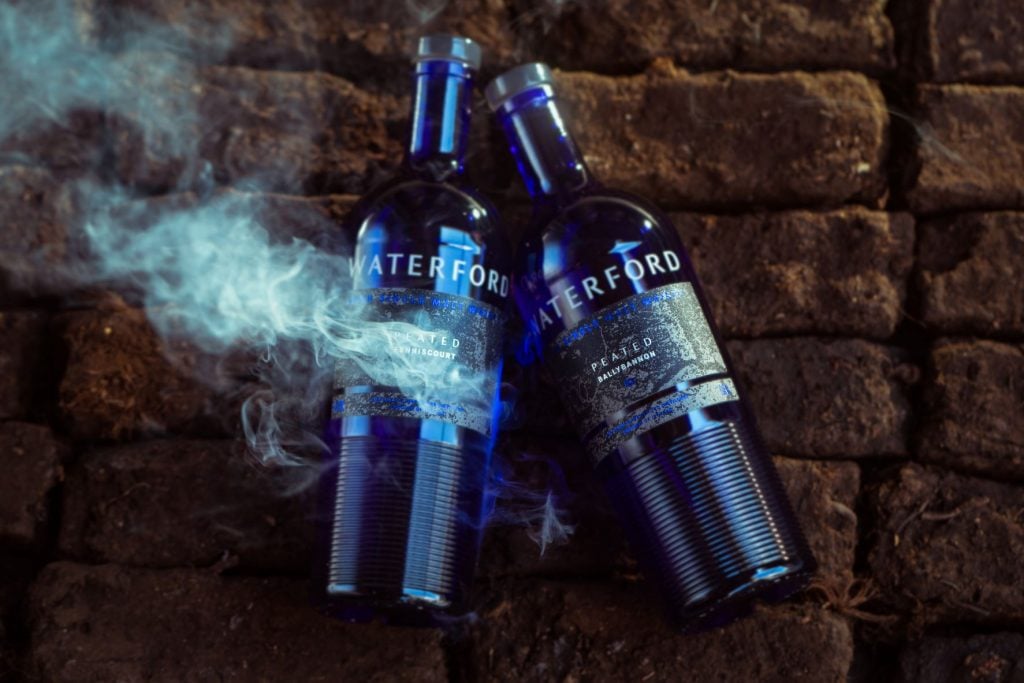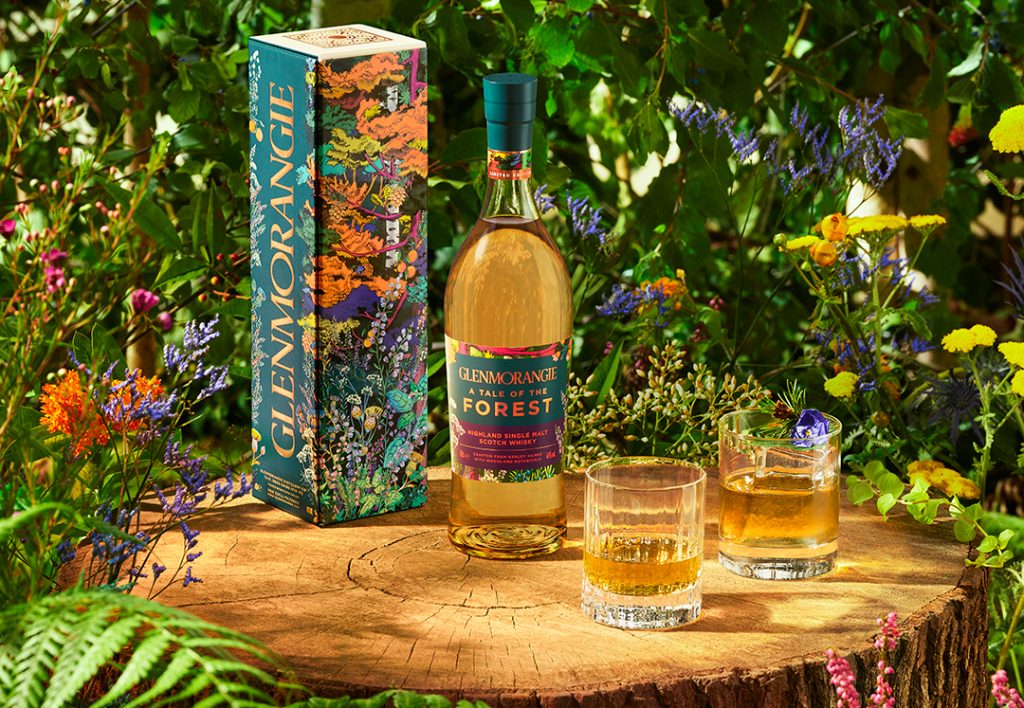Peaty vs Smoky Whisky. They’re the same thing, right? Wrong.
They’re often used interchangeably, but peaty and smoky aren’t quite the same thing.
Here’s a quick guide to tell you how to tell your tar from your turf.

An array of peated whisky. But there’s more than one way to smoke a whisky.
What is peat, anyway?
Peat is a squishy cocktail of decaying plant matter that builds up in waterlogged bogs over thousands of years. In the whisky world, it’s prized as a fuel source used to dry malted barley, particularly in Scotland. When peat burns, it releases smoke packed with phenols, which are the compounds responsible for whisky’s distinctive smoky aromas.
So what does peaty mean?
‘Peaty’ refers to the flavour impact of those phenols. Think antiseptic, iodine, wet earth, bonfire ash. Peaty whiskies often hail from Islay or the Highlands, and their phenol levels are sometimes measured in parts per million (ppm). For context, Octomore is notoriously peaty, clocking in at over 100ppm. That said, ppm isn’t everything; high numbers don’t always translate to intense taste, but we’ll save that can of worms for another blog.

Warterford went as far as to peat its own malted barley in Ireland.
And smoky?
‘Smoky’ is a broader church. You might notice a lot of bourbons have a rich, charred wood smoke quality. Guess what? That comes from the charred wood used to age them. Smoke might taste like barbecued meat, burnt sugar, woodsmoke, or forest floor. Fundamentally, not all smoky whiskies are peated. Conversely, not all peated whiskies are especially smoky.
The modern smoky spectrum
Today’s distillers are rewriting the rulebook on what smoke in whisky can mean. Thomson Whisky in New Zealand uses manuka wood, a fresh and fragrant alternative to the ancient Scottish peat made of long-dead sphagnum moss. Glenmorangie created A Tale of Forest by smoking juniper berries, birch bark, and heather flowers (plus a touch of peat). Flóki, from Iceland, goes full Viking and smokes its grain with sheep dung.
Further afield, we’ve seen smoke from tea leaves (like the lapsang souchong in Two James Johnny Smoking Gun), applewood, cherrywood, barrel staves, and even seaweed (as used by Maine’s Fifty Stone).
There’s a growing awareness that peat doesn’t make sense for every distiller. Peat is also a finite, non-renewable resource, and many producers are now exploring more sustainable options. Beechwood, for example, offers a local, environmentally friendlier way to add smoke without shipping ancient bog across borders.

The remarkable Glenmorangie A Tale of the Forest.
Examples that show the difference
Laphroaig 10 Year Old: A classic peat-forward Islay whisky. Smoky, medicinal, coastal… basically a bonfire on a hospital trolley. Peaty and smoky in equal measure.
Fary Lochan 6 Year Old 2016 Single Cask: Danish single malt whisky from the Fary Lochan distillery, made with barley smoked with fresh nettles. This imparts an intriguing herbaceous element to the buttery toffee and malt at the core of this intriguing single malt.
The Last Drop: Peaty vs Smoky Whisky
Peaty whisky gets its flavour from burning bog. Smoky whisky might not. Same family, different flavour cousins, and both worth exploring.
